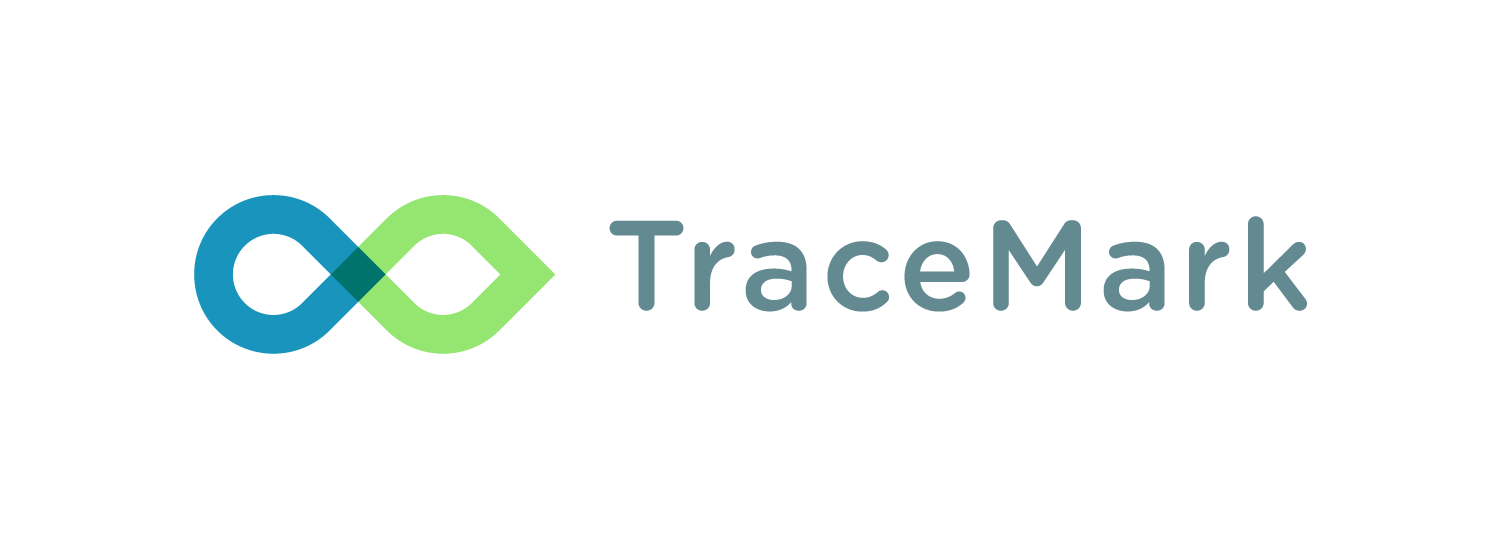Mica Mining; The sparkle in your cosmetics and cars has dark origins
Mica is known as the shine or shimmer in many beauty products. It is sourced from a natural mineral that forms in layers and is both flexible and strong. The raw material is ground down to make shimmery powder for cosmetics and other uses such as car paint. The unfortunate truth about mica is that consumers that buy products containing mica are contributing to supporting child labour, whether knowingly or not. Explicit evidence has uncovered the link between mica mining and the exploitation of child labour. Global brands such as L’Oréal and Estée Lauder have been called out for sourcing mica from India, one of the world’s top producers. Though this issue isn’t isolated. In fact, it is occurring in other mica hotspots too, like China and Madagascar.
Of course it is not just those brands named that contribute to this humanitarian issue, in fact mica is now being used in the paint for the automotive industry and household appliances. Similarly to ingredients like Palm Oil, there are few suppliers of mica worldwide which makes it hard to pinpoint exactly where the mica that companies buy has been sourced, and under what conditions.
“Some mica mined in Madagascar by small children flows into a stream of mica mined from India, making it nearly impossible to pinpoint in which company’s products it ends up. Several major American companies depend on sheet mica, which Madagascar exports in higher amounts than any other country, raising questions about the materials used by a range of companies.” (NBC News)
Reporting by NBC News exposed the extent of child labour and poverty in Madagascar as part of a story on how American consumers contribute to this humanitarian issue. In collaboration with a Dutch child protection group Terre des Hommes they traced mica from the ground to the port where it is shipped to China for processing. After confronting some of the companies that buy mica from suppliers, the majority said they weren’t aware of the conditions of the mine or couldn’t pinpoint if their mica supply had originated in Madagascar.
Thangam Ponpandi, a Terre des Hommes expert on mica mining said; “If the consumers stop buying, they don't have anything to eat. “They are going to literally die. So what we want is the companies take responsibility in finding the traces from where the materials are sourced, and they are sourced in a responsible manner” Source: NBC News.
Some progress towards tackling the humanitarian issues surrounding mica sourcing is underway, with initiatives like the Responsible Mica Initiative (RMI), though membership “is not a guarantee of compliance with RMI programs or standards”. Although, without the uptake of continuous improvement of a fair and responsible supply chain across all industries that source mica, we still have a long way to go with sustainability.
How can TraceMark help?
Using the world’s cleanest cloud, Google Cloud, the processing power of BigQuery, and satellite imagery and analysis of Google Earth Engine - we can work with you to implement TraceMark for monitoring your supply chain, giving you full transparency on sourcing raw materials and ensuring you are purchasing ingredients free of humanitarian injustices.
